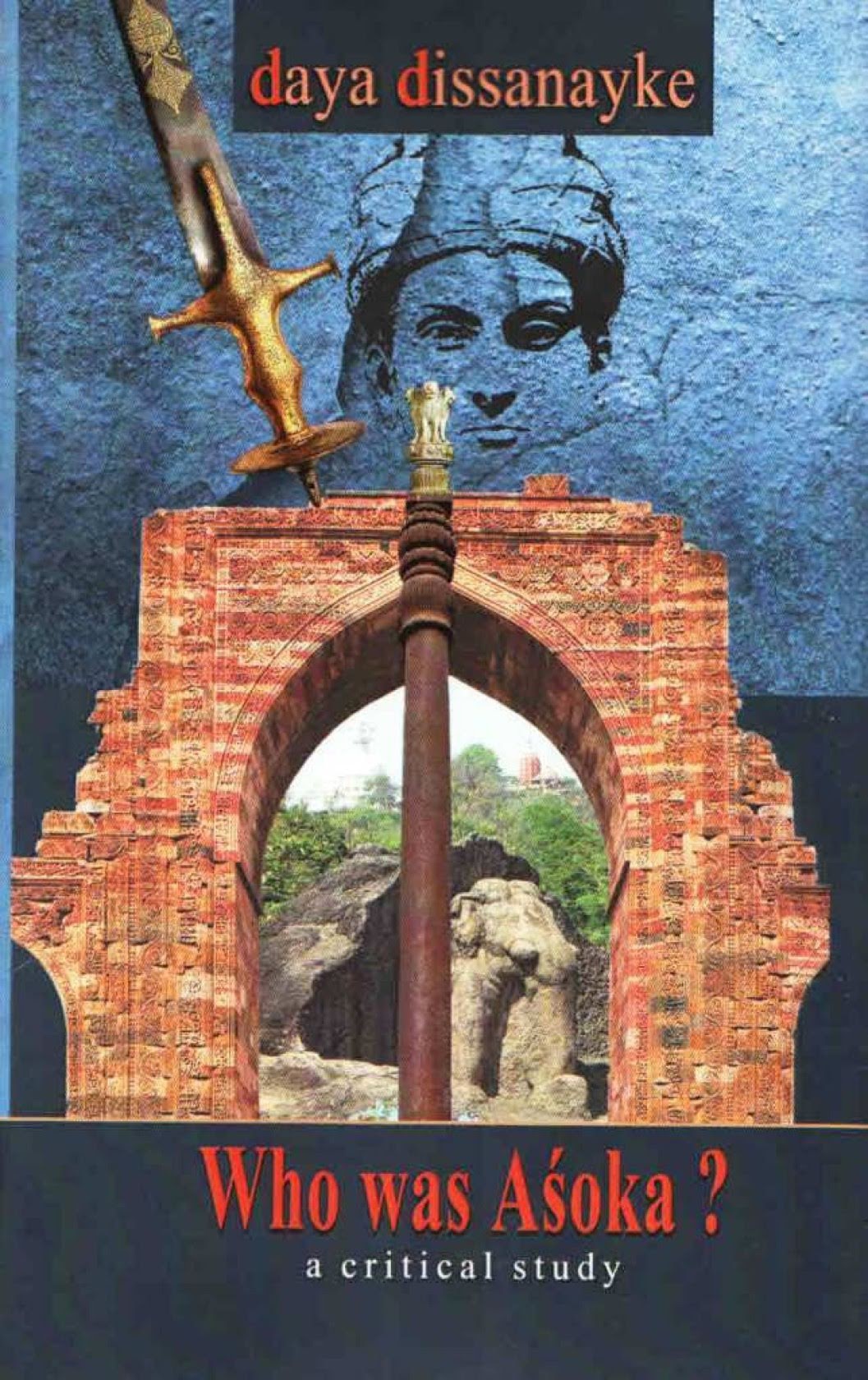
We have five Aśokas. i). from the inscriptions, ii). from the Sri Lanka Pali chronicles, iii). from the Sanskrit northern literature, iv). Taranata’s History of Buddhism in India, and v). the real historical Aśoka, who may have been a totally different person, a truly humane ruler, or just another Indian Raja who had diverted his megalomania in a different direction.
It has become a near impossible task to see and identify the real Aśoka, through all the legends built around him, and the misinterpretation of his inscriptions. The person in the inscriptions called himself Devānampiya Piyadassi Aśoka rājā. Aśoka may not have been the name used, or by which he was known in his time.
Hewas forgotten or ignored after his death and brought back to life by the Lankan Pali chroniclers about 6 – 7 centuries later, and also by the Northern Buddhist writers. Then he was re-introduced to India by Europeans, like a Trojan horse, to be taken up by the Indians fighting for independence.
Aśoka could have been a victim of politico-religious manipulations, from his young days. He could have been manipulated by his ministers and the Saṁgha. He continued to be manipulated by the Brahmins, Buddhists, the Pali chroniclers in Lanka and then in recent times by the British, and by Gandhi, Nehru and the Congress, and by Premadasa in Sri Lanka.
This book is an attempt to try to learn who the real Aśoka was, from all available data, and the various interpretations, while posing many more questions for the historians, archaeologists, anthropologists and philosophers.
Read a review here.